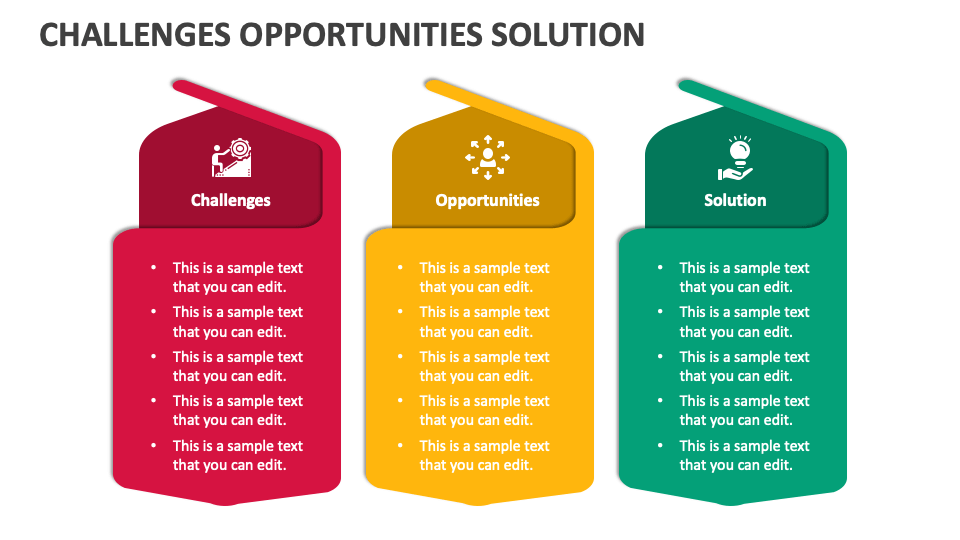TikTok And ADHD: Separating Fact From Fiction

Table of Contents
The Allure of TikTok for Individuals with ADHD
TikTok's short-form video format holds a particular appeal for individuals with ADHD. This is largely due to its ability to provide immediate gratification and a sense of control over their consumption. Understanding this appeal requires acknowledging the neurological aspects at play.
Short-Form Video and Attention Spans
The short, easily digestible nature of TikTok videos can align well with the attention spans often experienced by people with ADHD. The constant stream of new content can feel less overwhelming than longer-form videos or other media.
- Engaging Content: Many find satisfying videos, ASMR clips, or quick educational snippets particularly engaging. These often provide sensory stimulation or immediate learning experiences.
- Control and Choice: Users have a high degree of control over what they consume, choosing to switch videos instantly if something doesn't hold their attention. This sense of agency can be beneficial.
- The Downside: However, this constant switching can also be detrimental. The ease of access to endless content contributes to excessive screen time and difficulty focusing on other tasks. The short bursts of engagement can lead to a cycle of seeking more stimulation, hindering sustained attention.
Dopamine and Reward Systems
TikTok’s design expertly leverages reward systems and dopamine release. The "For You" algorithm, constantly learning and adapting to individual preferences, ensures a continuous stream of engaging content. This creates a feedback loop that reinforces usage, leading to addictive behavior.
- Algorithm-Driven Addiction: The "For You" page, personalized to individual tastes, predicts what a user will want to see next, maximizing engagement and dopamine release. Notifications further amplify this effect, creating a constant pull back to the app.
- ADHD and Reward Sensitivity: Individuals with ADHD may be particularly sensitive to reward-driven behaviors, making them more susceptible to the addictive aspects of TikTok’s design. The immediate gratification offered by the app can outweigh the desire to engage in other, potentially more beneficial activities.
Potential Negative Impacts of TikTok on ADHD
While TikTok can have some positive aspects, excessive use can exacerbate existing challenges faced by individuals with ADHD. This is particularly relevant to distractibility, impulsivity, and mental health.
Increased Distractibility and Impulsivity
Constant notifications and the ease of switching between videos make it difficult to focus on tasks. This constant stream of stimulation can contribute to increased distractibility and impulsivity.
- Task Interruption: The urge to check TikTok can disrupt work, study, or even simple household chores. This can lead to feelings of frustration and guilt, further impacting self-esteem.
- Impact on Productivity: The time spent on TikTok often detracts from more productive activities. This can affect academic performance, professional responsibilities, and overall life goals.
- Sleep Disturbances: Excessive screen time before bed can interfere with sleep patterns, leading to fatigue and further impairing concentration and mood regulation—symptoms often exacerbated in individuals with ADHD.
Social Comparison and Mental Health
The curated nature of social media presents a distorted view of reality. TikTok, in particular, often showcases idealized versions of life, leading to feelings of inadequacy and social comparison.
- Pressure for Perfection: The pressure to maintain a seemingly perfect online presence can be incredibly stressful, particularly for individuals with ADHD who may already struggle with self-esteem and self-criticism.
- Negative Self-Image: Constant exposure to seemingly flawless lives can lead to negative self-comparison, impacting self-worth and mental well-being. This can manifest as anxiety, depression, or body image issues.
- Cyberbullying and Online Harassment: The anonymity of the internet can increase the risk of cyberbullying and online harassment, which can significantly impact the mental health of those with ADHD, who may be more vulnerable to these experiences.
Utilizing TikTok Positively for ADHD Management
Despite the potential downsides, TikTok can be a valuable tool when used responsibly. It can offer support, community, and even aid in managing ADHD symptoms.
Finding ADHD-Friendly Content
TikTok hosts a surprising amount of content directly related to ADHD. This can be a great resource for individuals seeking support, education, and connection.
- Educational Content: Many creators share insightful information about ADHD, offering explanations of symptoms, coping mechanisms, and strategies for management.
- Community Building: Finding others with ADHD can be incredibly helpful. TikTok provides a space to connect with a community that understands the challenges and triumphs of living with ADHD.
- Productivity and Organization Tips: Creators often share tips and tricks for managing time, organization, and focus—skills often challenged by ADHD.
Setting Boundaries and Implementing Strategies
Responsible TikTok use requires conscious effort and the implementation of strategies to mitigate potential negative impacts.
- Time Management: Set specific times for using TikTok and stick to them. Treat it like any other scheduled activity.
- Mindful Usage: Be aware of how you feel while using TikTok. If you notice it negatively affecting your mood or focus, take a break.
- App Limits: Utilize built-in app limits or parental controls to restrict usage time.
- Digital Wellness Apps: Explore apps designed to track and manage screen time and promote digital wellbeing.
Conclusion
The relationship between TikTok and ADHD is complex. While the app’s design can exacerbate challenges related to focus, impulsivity, and mental health, it also offers the potential for community, education, and support. Understanding this duality is key. The key takeaway is that mindful usage, coupled with proactive strategies for self-regulation, is crucial for harnessing TikTok’s positive aspects while mitigating its risks. Understand the unique relationship between TikTok and ADHD, and make informed decisions to harness its positive aspects while mitigating its risks.

Featured Posts
-
 Manufacturing In America Obstacles And Opportunities
Apr 29, 2025
Manufacturing In America Obstacles And Opportunities
Apr 29, 2025 -
 Canoe Awakening Celebration A Look At This Years Culture Department Event
Apr 29, 2025
Canoe Awakening Celebration A Look At This Years Culture Department Event
Apr 29, 2025 -
 Jeff Goldblums The Fly A Cinematic Achievement Worthy Of Oscar Consideration
Apr 29, 2025
Jeff Goldblums The Fly A Cinematic Achievement Worthy Of Oscar Consideration
Apr 29, 2025 -
 February 20 2025 A Happy Day
Apr 29, 2025
February 20 2025 A Happy Day
Apr 29, 2025 -
 Ais Limited Thinking A Revealing Look At Artificial Intelligence
Apr 29, 2025
Ais Limited Thinking A Revealing Look At Artificial Intelligence
Apr 29, 2025
Latest Posts
-
 The Amanda Owen And Clive Owen Divorce A Public Battle
Apr 30, 2025
The Amanda Owen And Clive Owen Divorce A Public Battle
Apr 30, 2025 -
 Amanda Owen Addresses Recent Challenges Following Split From Clive Owen
Apr 30, 2025
Amanda Owen Addresses Recent Challenges Following Split From Clive Owen
Apr 30, 2025 -
 Exploring Our Farm Next Door Amanda Clive And Kids Farming Journey
Apr 30, 2025
Exploring Our Farm Next Door Amanda Clive And Kids Farming Journey
Apr 30, 2025 -
 A Glimpse Into Our Farm Next Door The Story Of Amanda Clive And Family
Apr 30, 2025
A Glimpse Into Our Farm Next Door The Story Of Amanda Clive And Family
Apr 30, 2025 -
 Our Yorkshire Farm Reuben Owens Least Favorite Part Of Filming
Apr 30, 2025
Our Yorkshire Farm Reuben Owens Least Favorite Part Of Filming
Apr 30, 2025
